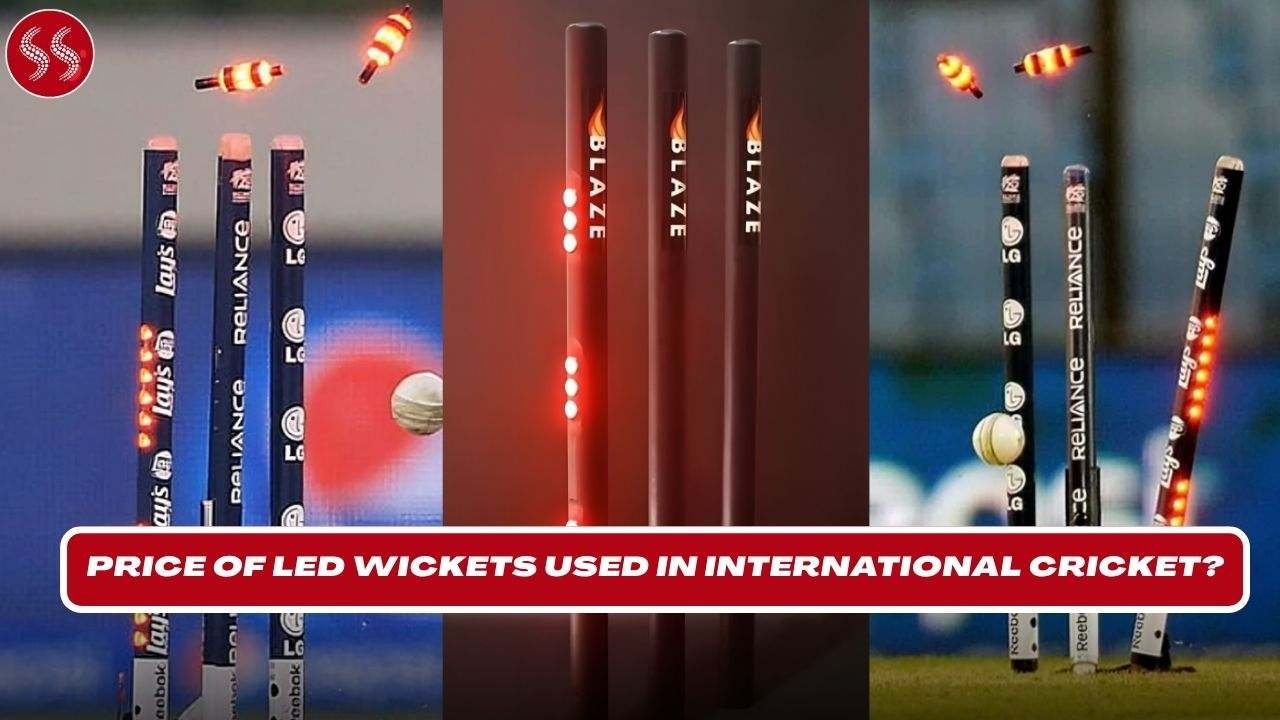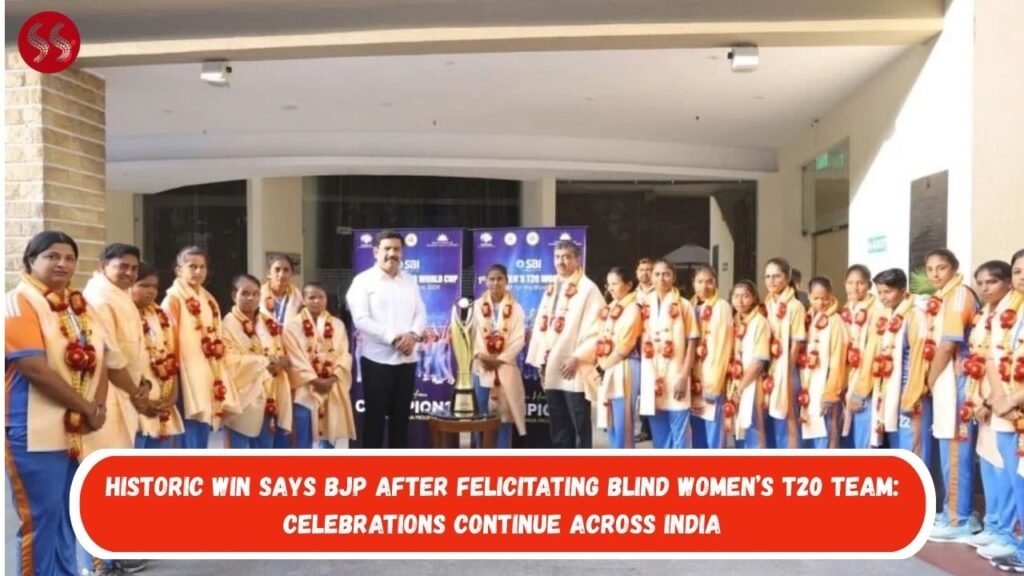In this article we will find Price of LED Wickets Used in International Cricket. Cricket has always been a sport rich in tradition, but it’s also one that has embraced innovation over the years. From the introduction of day-night matches to advanced ball-tracking technology like Hawk-Eye, the game has constantly evolved to enhance both player performance and the spectator experience. One of the more eye-catching innovations in recent times has been the use of LED wickets in international cricket. These glowing stumps and bails, which light up instantly when dislodged, have not only added a visual spectacle to the game but also improved umpiring accuracy in close run-out or stumping decisions.
The adoption of LED wickets has brought cricket into the modern entertainment era, making matches even more appealing for TV audiences around the world. The sight of flashing stumps during a bowler’s dismissal or a spectacular run-out has become an iconic visual moment in cricket broadcasts. However, this innovation comes at a cost, and many fans are curious to know how much these high-tech stumps are worth.
In this article, we will take a deep dive into the details behind LED wickets, their technological design, why they’re used, how much they cost, and whether they are worth the investment for cricket boards. We’ll also explore their manufacturing process, the role they play in decision-making, and some fascinating facts about their history in the sport. By the end, you’ll have a clear understanding of why these seemingly simple cricket accessories are actually complex and valuable pieces of technology.
1. The Origins and Purpose of LED Wickets in Cricket
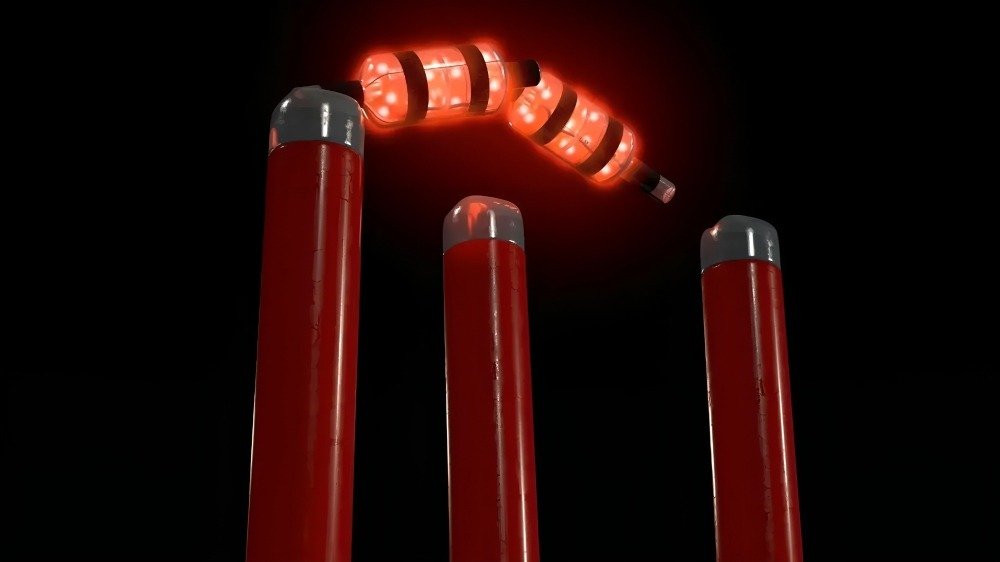
LED wickets, also known as “Zing bails and stumps,” first appeared in professional cricket in the early 2010s. They were developed to solve a long-standing problem in umpiring: determining the exact moment when the bails are dislodged from the stumps. In traditional cricket, bails are small, lightweight pieces of wood resting on top of three wooden stumps. While this setup worked well for centuries, it often posed challenges in close calls—especially during run-outs and stumpings.
The innovation came from a company called Zing International, which designed bails with inbuilt sensors and LED lights that flash the instant the bails lose contact with the stumps. This makes it easier for third umpires to judge tight dismissals and gives spectators a visually exciting moment. The technology works through a combination of microprocessors, sensors, and rechargeable batteries inside the bails and stumps. When the magnetic connection between bail and stump is broken, the lights instantly flash red, creating that iconic glow seen in modern matches.
The introduction of LED wickets was met with mixed reactions initially. Purists feared it might interfere with the game’s traditional look, while modern fans welcomed it as a step toward making cricket more dynamic. Over time, however, the technology proved its worth in both domestic and international matches. Today, it is used in major tournaments such as the ICC World Cup, T20 leagues like the IPL and BBL, and bilateral series around the globe. This combination of innovation, accuracy, and entertainment has made LED wickets a staple in high-level cricket. And, as we’ll discuss later, the Price of LED Wickets is one of the reasons they remain exclusive to professional matches rather than amateur or grassroots cricket.
2. The Technology Behind LED Wickets
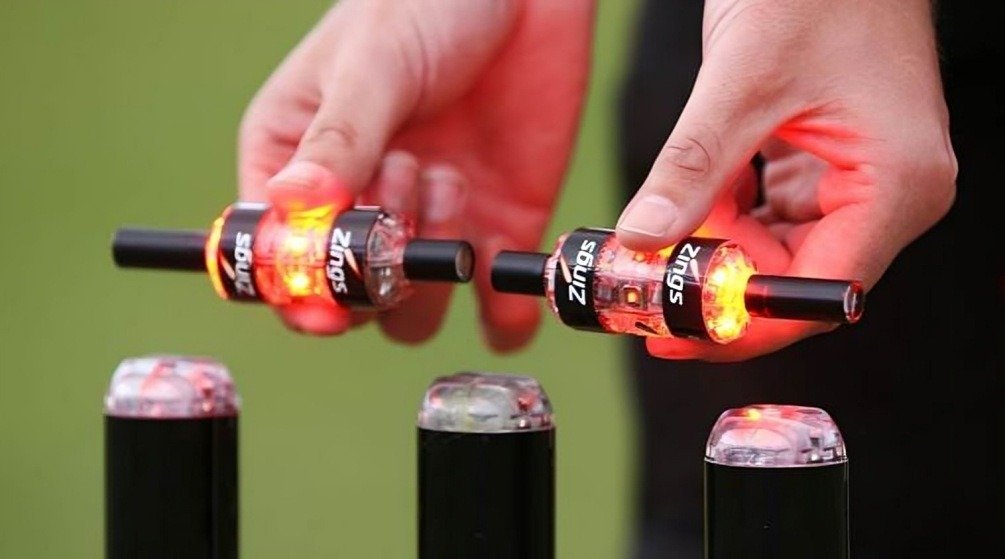
At first glance, LED wickets look like ordinary stumps and bails with a bright glow. However, their construction is anything but simple. The bails contain sensors that detect the separation from the stumps, and the stumps themselves are designed to support this system with embedded wiring and connectors. The electronics inside must be incredibly responsive, as the lights are expected to flash within milliseconds of the bail being dislodged.
Each bail is made from a durable composite material that can withstand the impact of a cricket ball traveling at speeds over 140 km/h. The outer casing is transparent to allow the LED lights to shine through clearly, while the inside houses rechargeable lithium-polymer batteries. These batteries power the lights and sensors and can last for multiple matches before needing a recharge. The stumps, too, are made from lightweight yet strong materials to ensure durability while accommodating the electronic components.
Another key feature is the precise calibration of the magnetic sensors. They must be sensitive enough to detect when the bail has just started to move, yet stable enough to avoid false triggers from wind or vibrations. This makes them far more reliable than traditional wooden bails in detecting genuine dislodgements. In high-profile cricket matches where every run counts, such precision is invaluable for umpires.
Despite these advanced features, one downside remains: the cost of manufacturing and maintaining LED wickets is high compared to traditional stumps. The Price of LED Wickets reflects the research, engineering, and specialized materials that go into creating them. Unlike regular wooden stumps, these require skilled technicians for assembly and regular maintenance to ensure peak performance.
Also Read:
- Top 5 Famous Indian Cricketers Who Acted in Bollywood Movies
- Top 10 Players Who Sold Their Most Expensive Cricket Bats in Auction After Iconic Matches
- Top 10 Legendary Best Spinners in the World of All Time
3. The Cost and Value of LED Wickets in International Cricket
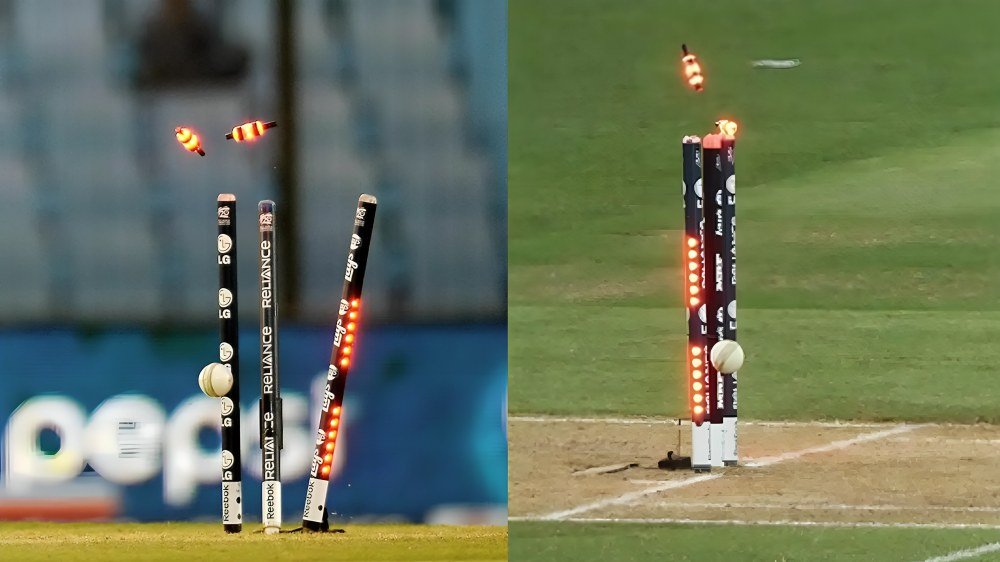
The question most fans ask is: how much do these glowing stumps actually cost? On average, a complete set of LED wickets, including three stumps and two bails, can cost between $40,000 and $50,000 USD. This high price is due to the advanced technology, precision manufacturing, and limited global suppliers. In fact, Zing International is the primary manufacturer, which means the supply chain is quite specialized.
The cost includes not only the physical components but also the software, charging equipment, and backup units required for professional matches. In most cases, cricket boards rent these wickets from suppliers rather than buying them outright. This helps reduce costs for individual matches while ensuring the latest versions are always in use. The high price also covers shipping, insurance, and technical support during tournaments.
For comparison, a standard set of wooden stumps and bails costs less than $50 USD, making LED wickets hundreds of times more expensive. However, their value in high-stakes matches cannot be overstated. The instant feedback provided by the flashing lights speeds up decision-making, reduces umpiring errors, and adds a level of drama to televised games.
Given this price range, it’s easy to see why LED wickets are mostly reserved for international cricket and high-budget leagues. Grassroots tournaments and amateur matches rarely use them, as the Price of LED Wickets is simply too high for smaller budgets. This exclusivity has also contributed to their appeal, making them a symbol of top-tier cricket events.
4. The Impact of LED Wickets on Modern Cricket
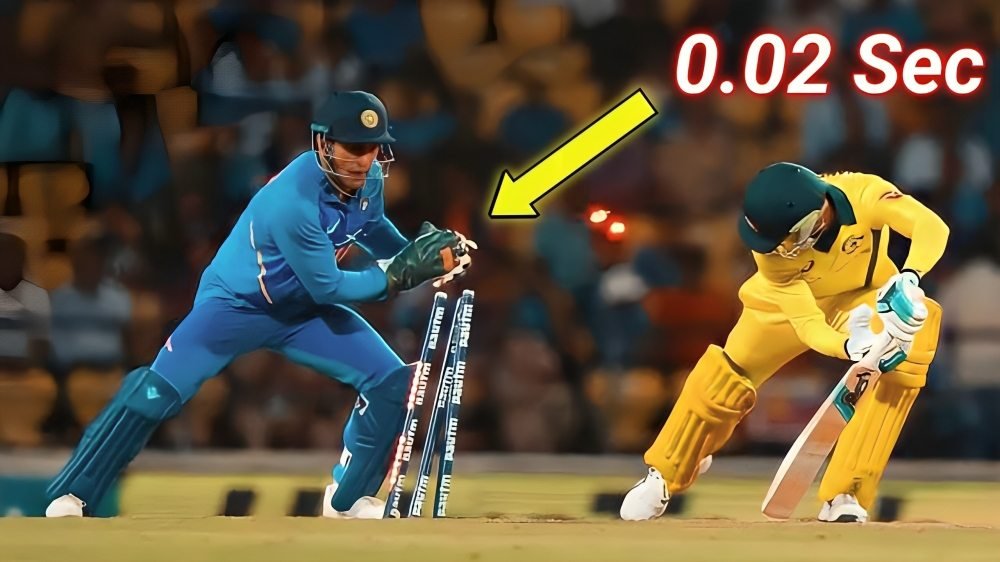
LED wickets have changed the way cricket is experienced, both for players and fans. For players, they bring a heightened sense of awareness around the stumps. Bowlers, wicketkeepers, and fielders know that a clean hit on the stumps will result in an immediate and dramatic flash, which adds to the thrill of the dismissal. For batters, the sight of those lights going off can be an emotional moment, marking the end of their innings in the most visible way possible.
From a broadcasting perspective, LED wickets are a game-changer. Television producers can capture high-definition slow-motion replays of the lights activating, which makes for compelling viewing. These visuals often become highlights that circulate on social media, increasing engagement and promoting the sport. Sponsors also benefit, as the LED flashes draw attention during key moments, giving their logos on the stumps more visibility.
On the umpiring side, LED wickets have reduced human error significantly. Close decisions, which previously might have taken several minutes of deliberation, can now be resolved quickly with the help of the flashing light cue. This speeds up the game and reduces frustration for both players and spectators. The Price of LED Wickets is justified for many cricket boards because of the technology’s contribution to accuracy and entertainment value.
Overall, LED wickets have become more than just a novelty; they are now an integral part of modern cricket. As technology continues to advance, we may see even more sophisticated features integrated into stumps, such as real-time ball impact sensors or motion trackers. But for now, the LED wickets remain one of the most visible symbols of cricket’s technological progress.
5. Should LED Wickets Be Used in All Levels of Cricket?
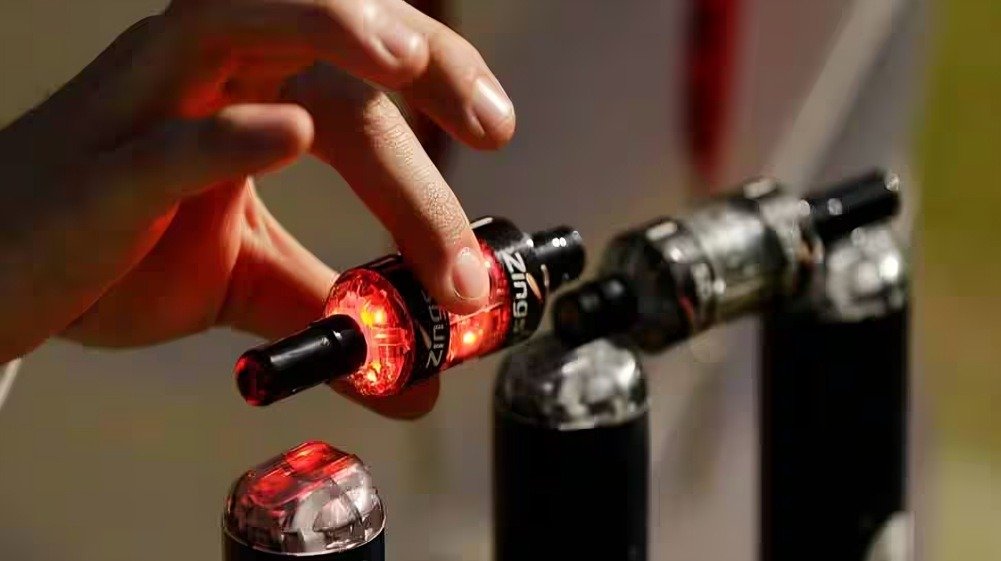
While LED wickets have proven their worth in professional cricket, there is ongoing debate about whether they should be introduced at lower levels of the game. On one hand, their use could help train young umpires, provide exciting visuals for local fans, and make grassroots cricket more appealing. On the other hand, the Price of LED Wickets remains a major barrier for widespread adoption.
For school and club cricket, the budget for equipment is often limited, and investing tens of thousands of dollars in stumps is not feasible. Instead, these levels of cricket focus on essential gear like bats, balls, and protective equipment. Even if cheaper LED wicket alternatives were developed, maintaining and repairing them could still be costly for small organizations.
Another consideration is the preservation of cricket’s traditional feel. While technology enhances accuracy, some believe that amateur cricket should retain the charm of wooden stumps and manual umpiring calls. This creates a balance between professional spectacle and grassroots authenticity.
Ultimately, LED wickets are likely to remain a feature of elite cricket for the foreseeable future. However, as technology becomes more affordable, there is potential for more widespread use. Until then, fans will continue to enjoy the spectacular light shows during professional matches, while local games retain their classic wooden wicket setup.
FAQs
1. How much do LED wickets cost in international cricket?
> A full set of LED wickets, including stumps and bails, can cost between $40,000 and $50,000 USD, depending on the supplier and model.
2. Who manufactures LED wickets?
> Zing International is the primary manufacturer of LED wickets used in professional cricket worldwide.
3. Why are LED wickets so expensive?
> Their high price comes from advanced technology, precision engineering, limited suppliers, and the cost of maintenance and technical support.
4. Are LED wickets used in all cricket matches?
> No, they are mostly used in international matches and high-budget leagues due to their high cost.

